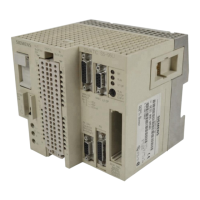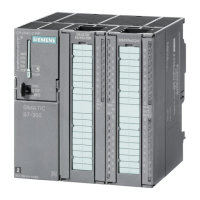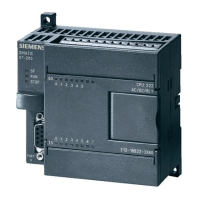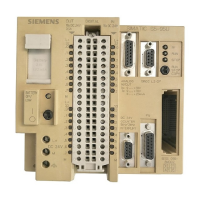Installation and Startup
3-8
3.5 Power Supply and Grounding Recommendations
Because
of the high-speed update of the T
urboPlastic module, the amount of
movement of the ram and/or platen between module samples is very small,
even on fast machines. This means that very small changes in the analog
input signal must be accurately detected in order to perform smooth closed
loop control.
Special differential input stages have been installed in the module which
provide extremely high common mode noise rejection, provided neither side
of the DC circuit is grounded.
It is imperative that electrical noise, both direct and induced, on the two
position inputs be kept below 0.05 mV. Use the following minimum
guidelines.
•
Provide a separate, highly-filtered power supply for the position input
channels. This supply should be capable of furnishing 0 to +10 VDC at
±
0.005% regulation and 0.250 mV ripple or better
.
NOTE:
Do not ground either the positive or negative side of the DC circuit.
•
Run twisted shielded wiring throughout the positioning system starting
from the power supply terminals. Then run all wiring in separate
metallic conduit or flex that has been properly grounded with minimal
exposed lengths at connection.
•
Ground all shields at the module or amplifier input end as shown in
Figure 3-7.
3.5.1
Generate a few lines of ladder logic to compare and then store the highest
and lowest position values output to the PLC with the ram stopped.
V
ariation of these position readings should not exceed 16 counts over a
five-minute period.
Since changes to wiring and other parts of the system may increase the
noise level to the module inputs, the ladder logic for the above test should be
left in place for use later in troubleshooting. T
o make periodic testing of the
system easier
, you can create a screen on the operator interface to activate
the test. A sample RLL program is listed in Appendix B.
T
esting the System

